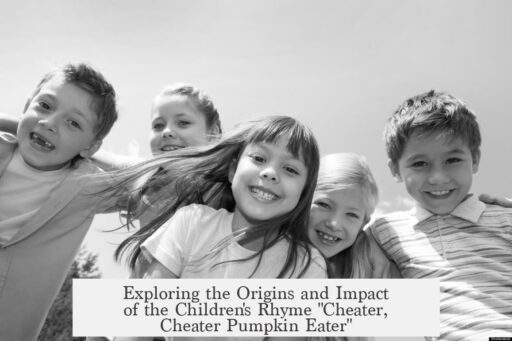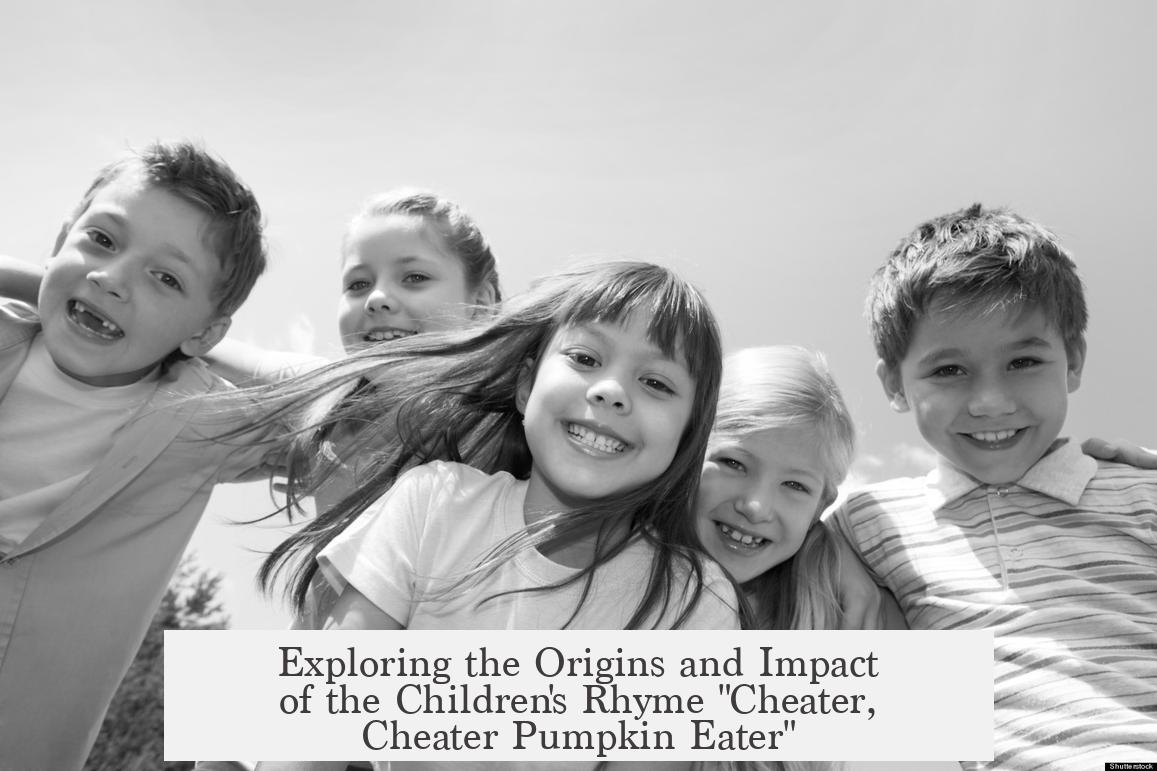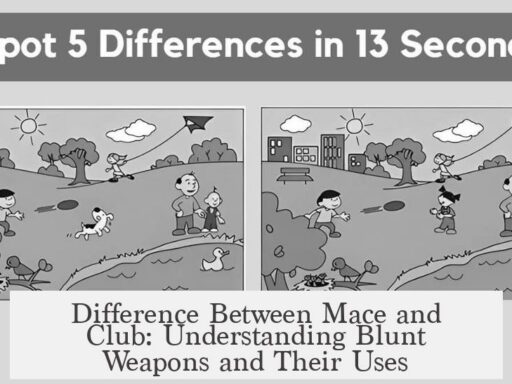The children’s rhyme “cheater, cheater pumpkin eater” is an altered or misheard version of the more established rhyme “Peter, Peter, pumpkin eater.” The original rhyme is an American folk rhyme, possibly derived or influenced by an older Scottish folk rhyme that did not include the pumpkin imagery.
The well-known lines in the classic rhyme are:
Peter, Peter, pumpkin eater Had a wife but couldn’t keep her, He put her in a pumpkin shell And there he kept her very well.
This traditional verse centers on a character named Peter who confines his wife in a pumpkin shell, a metaphorical or fanciful depiction typical of children’s rhymes. The phrase “cheater, cheater pumpkin eater,” popular in some modern contexts, is not part of the original rhyme and likely evolved from misremembering or playful reinterpretation.
The “pumpkin” in the rhyme is thought to reflect American cultural elements. The pumpkin is native to North America and widely associated with American folklore and traditions. Scholars and folklore experts suggest that the rhyme originated in the United States, with some speculation that it may have adapted from a Scottish prototype. The Scottish version, unlike the American one, does not feature pumpkins but contains similar thematic elements about relationships or characters kept under control.
Sources vary in their perspective on the rhyme’s origins. Some assert it is entirely American with multiple local variants. Others highlight a European—especially Scottish—proto-version. The debate remains unresolved because of the lack of definitive historical records. However, the dominance of pumpkins as a symbol in the American rhyme marks a clear cultural adaptation.
To summarize the key points:
- “Cheater, cheater pumpkin eater” is a misheard variant, not the original rhyme.
- “Peter, Peter, pumpkin eater” is the commonly recognized rhyme.
- The rhyme likely originates in American children’s folklore.
- It may trace back to a Scottish folk rhyme without pumpkins.
- American adaptation introduced pumpkins as a cultural symbol.
- Sources differ on whether the origin is purely American or influenced by Scottish tradition.
What Are the Roots of the Children’s Rhyme “Cheater, Cheater Pumpkin Eater”?
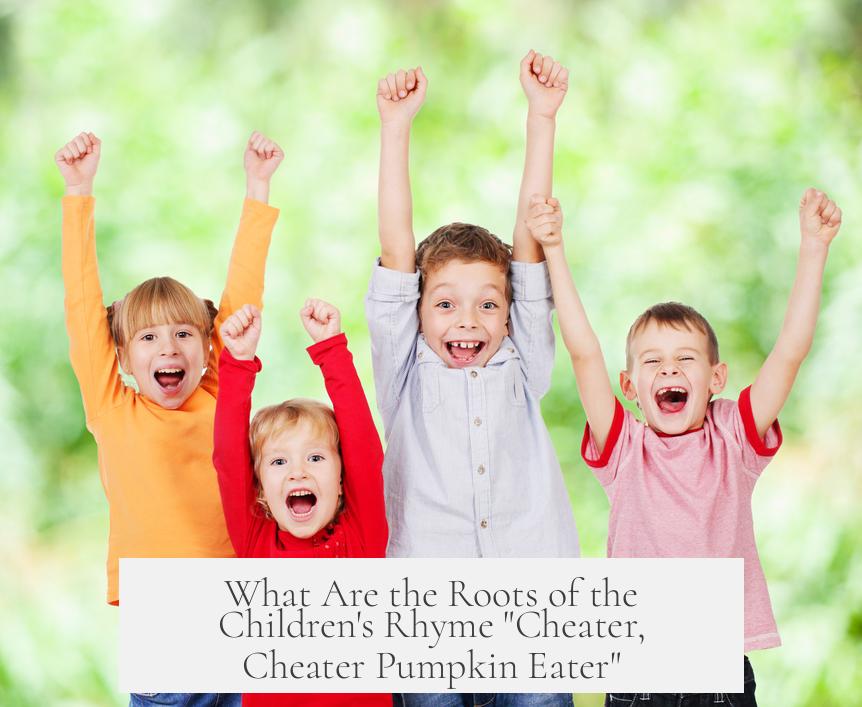
Ever wondered where the catchy children’s rhyme “cheater, cheater pumpkin eater” comes from? You’re not alone. It turns out that this phrase is more of a playful twist or misheard fragment than the original tune kids learned while growing up. Let’s dive into the roots of this rhyme, trace its shifts over time, and explore what makes pumpkins—and cheating—a perfect combo for nursery lore.
At its core, the much better-known and older version is actually “Peter, Peter, pumpkin eater.” The typical lines go like this:
Peter, Peter, pumpkin eater Had a wife but couldn’t keep her, He put her in a pumpkin shell And there he kept her very well.
Notice anything? “Cheater, cheater pumpkin eater” doesn’t quite fit the traditional script. It’s a quirky spin-off—someone missed a word or decided cheating made for a spicier chant. But the roots belong to dear old Peter.
American Folk Roots with a Scottish Hint
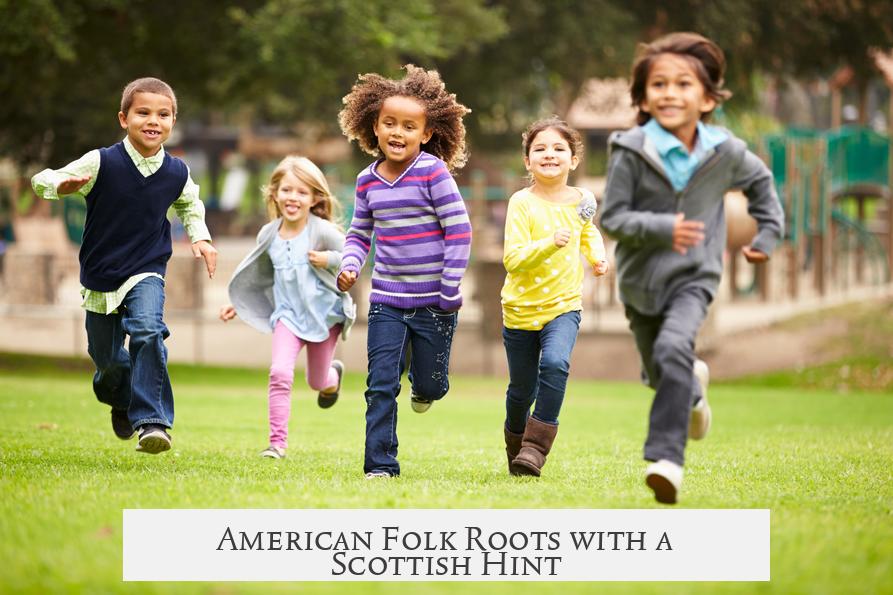
Here’s where it gets interesting. The pumpkin, a classic American fall staple, clues us in on the rhyme’s cultural ties. Most folklore scholars agree that the rhyme is primarily an American children’s folk creation. The pumpkin shows up because, well, pumpkins symbolize autumn in the U.S.—think Halloween, pumpkin pie, and cozy harvest time.
But wait—does it have European blood? Actually, yes. Evidence suggests it might have emerged, in part, by adapting a Scottish prototype. This original Scottish rhyme—if you can call it that—didn’t involve pumpkins. Instead, it featured a similar structure and possibly themes of containment or relationships, minus our festive orange friend.
This cross-Atlantic puzzle is a classic example of folk rhymes migrating and morphing. When Scottish immigrants came to America, they brought stories and songs that morphed with local culture—pumpkins included. That’s how you get a uniquely American flavor added to an old Scottish beat. Sure, nobody’s exactly kept a wife in a “pumpkin shell,” but the image sticks in a child’s mind.
Debate Over the Exact Origin

The origin story isn’t neat and tidy, though. Some sources, like the popular Mother Goose Club’s collection, argue the rhyme is purely American—no Scottish prototype necessary. They highlight how variants exist only in American culture and that the pumpkin itself would be out of place in older European rhymes.
On the flip side, Wikipedia and some folklore buffs credit the Scottish connection. Their take is convincing, given that many American folk rhymes have transatlantic roots, adapting details to fit the new country’s environment. This theory points out the cultural symbolism of pumpkins as a signpost marking the American evolution of the rhyme.
Intrigued? Just think of it as a folk tale remix bridging continents—Scottish origins, American adaptations, and modern playful mishearings, all bundled into a catchy tune you might hum while carving a Jack-o’-lantern.
Why Does This Rhyme Still Stick Around?

Children’s rhymes have a superpower: they’re easy to remember, repeat, and pass on. The quirky story of Peter’s strange take on marriage (or containment strategy) is funny and weird enough for kids to love. Plus, the pumpkin image is vivid—bright orange, round, and homey.
Adding the twist of “cheater” in “cheater, cheater pumpkin eater” makes the rhyme even more playable in teasing or joking contexts among kids. That line finds its way into backyard banter or playground chants, evolving from the original. It’s a great example of how folk culture isn’t fixed. It lives, breathes, and mutates with every new mouth that recites it.
Lessons from “Pumpkin Eater” on Folk Rhymes

- Folk rhymes are fluid. Variants emerge naturally over time and geography.
- Context matters. The pumpkin clue points to an American setting, enhancing the tale’s local flavor.
- Cultural exchange fuels evolution. Scottish forms inspire American versions that are uniquely new yet reminiscent of the old.
This rhyme is a handy reminder that children’s culture can be a rich source for studying language, migration, and culture. It’s not just about silly lines but shared human stories shaped by place and people.
Practical Tip: Exploring Folk Rhymes with Kids

Next time you hear “cheater, cheater pumpkin eater,” try this:
- Recite the original “Peter, Peter, pumpkin eater” rhyme.
- Discuss where pumpkins fit in American culture why they might not appear in old European tales.
- Ask kids to invent their own versions, illustrating how stories change with storytellers.
This activity makes the folklore tangible and sparks conversations about history and language. Plus, it’s loads of fun.
So, What’s the Bottom Line?
The roots of the children’s rhyme “cheater, cheater pumpkin eater” lie in the older, better-established “Peter, Peter, pumpkin eater,” a primarily American children’s folk rhyme. This rhyme likely evolved from a Scottish prototype—one without pumpkins—that crossed the ocean and got a seasonal twist once embraced in the U.S. Over time, playful alterations like “cheater, cheater” spun off, showcasing the living, breathing nature of folk traditions.
Folk rhymes like this remind us that childhood verses aren’t just simple ditties. They’re threads weaving culture, history, and humor into our shared human fabric.
Next time your little one chants “cheater, cheater pumpkin eater,” you’ll know it’s not just nonsense—it’s centuries of stories and migrations packed into a few funny lines.
What is the original version of the rhyme commonly confused with “cheater, cheater pumpkin eater”?
The original rhyme is “Peter, Peter, pumpkin eater.” It tells of Peter, who had a wife but couldn’t keep her, so he put her in a pumpkin shell. This differs from the “cheater, cheater” line often quoted.
Where did the rhyme “Peter, Peter, pumpkin eater” likely originate?
The rhyme is mainly of American folk origin. It probably evolved in the U.S., incorporating the pumpkin, which is a symbol tied closely to American culture and harvest traditions.
Is there a European connection to this rhyme’s origins?
Some scholars think there is. They suggest the rhyme may be adapted from a Scottish folk rhyme that originally lacked the pumpkin. This idea highlights cultural exchange before the rhyme became Americanized.
Why does some debate exist about the rhyme’s origin?
Sources disagree. Some say the rhyme is purely American with multiple versions. Others believe it has European roots, especially a Scottish prototype without the pumpkin, which was later added in America.
What does the pumpkin symbolize in the American version of the rhyme?
The pumpkin likely reflects American cultural symbolism around the harvest and autumn. Its presence in the American variant sets it apart from earlier European versions without this element.
